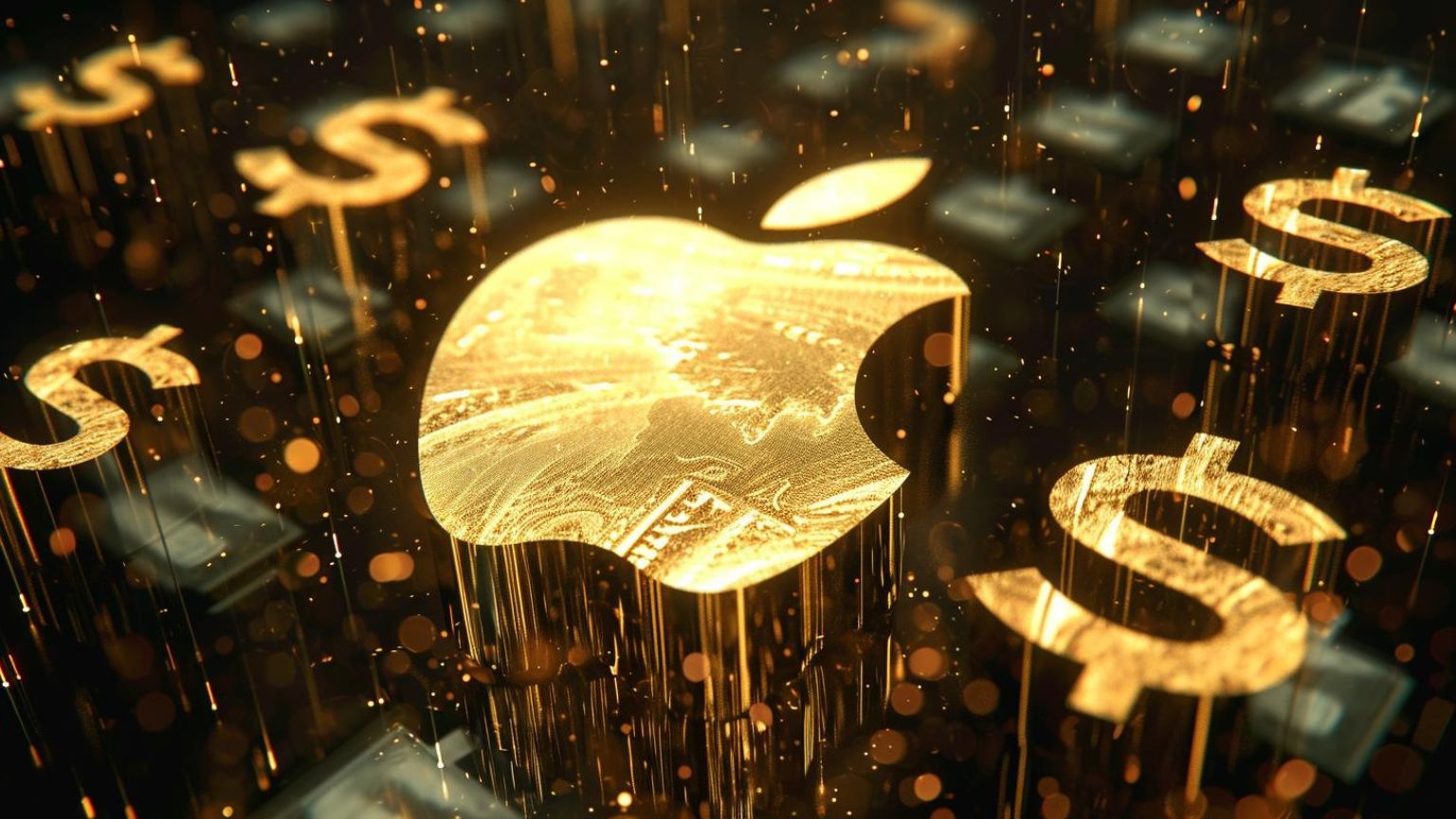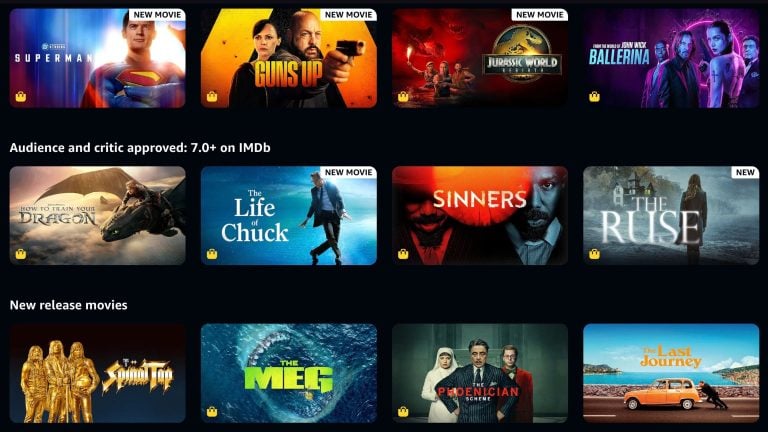In a landmark decision, the Supreme Court upheld a prior ruling in the much-discussed Apple vs. Epic games trial of 2021. The notable judgment influences Apple’s App Store policies, particularly concerning third-party payment options. Stemming from increased regulatory scrutiny targeting Apple’s monopolistic control over the iPhone’s software ecosystem, this was thought to represent a significant blow to Apple’s iron grip on the App Store’s marketplace, though not the complete win that Epic Games and others hoped for.
The verdict arrives amidst a powerful challenge to Apple’s exclusive in-app purchase system — a policy earning Apple a 15-30% commission on all revenue generated through app transactions.
We obtained a copy of the decision for you here.
Apple’s system has long drawn criticism for its strict payment gating, barring developers from informing users about alternative payment options that could potentially save them money.
This recent Apple vs. Epic games trial ruling has upended this policy. The court agreed that developers like Epic Games must be allowed to provide links to outside payment systems within their apps. However, this decision ran into a brief delay as Apple, in an effort to maintain its course, appealed the ruling to the Supreme Court.
Rejecting Apple’s plea, the Supreme Court’s refusal fortifies the original decision. In the aftermath of this, apps can now educate their users about alternative payment methods, providing direct links to their websites. This arrangement was supposed to tilt the balance in favor of developers as transactions made through alternative payment methods might spare them from paying hefty commissions to Apple.
However, Apple’s response, while adhering to the letter of the law, seems to embody an aggressive form of compliance, introducing a slew of new restrictions that could potentially disincentivize developers from stepping away from Apple’s payment ecosystem, including demanding forensic access to a company’s accounting so that Apple can see that developers are giving Apple the correct cut.
As it currently stands, Apple controls which developers are allowed to have an app on iPhone and iPad, as it refuses to allow third-party app stores. This means it’s Apple’s way or the highway. And Apple’s introduction of new guidelines post-ruling reveals a strategic approach to maintain revenue streams and control while adhering to the court’s decision. These rules include:
Mandatory Entitlement Link System: Developers must now navigate Apple’s approval process to use external links for payments.
Placement Restrictions on Links: Direct links on in-app purchase screens or within the purchase flow are prohibited.
App Store Page Limitations: No information or links to external purchasing methods are allowed on App Store pages.
StoreKit External Purchase Link Conditions: These links cannot discourage in-app purchases or replicate the in-app purchase experience.
Browser-Only Redirections: External links must open in the device’s default browser, not in a web view.
Prohibition of Redirecting and Tracking: Intermediate links, redirects, or URL tracking parameters are disallowed.
Accounting and Auditing Requirements: Developers must regularly report out-of-app purchases, subject to Apple’s audit, to ensure compliance with commission obligations.
Apple’s strategy appears to be twofold. First, it seeks to maintain a revenue stream through commissions, albeit slightly reduced to 27% for the first year (from 30%) and 12% for the second year of subscriptions (down from 15%). Secondly, and perhaps more critically, the new rules are structured to make the use of external payment methods less appealing and more cumbersome for developers.
The requirement for external links to open in a new browser window, the prohibition of direct links in the purchase flow, and the complex approval and auditing processes are just a few examples of how Apple has created a web of technical and administrative hurdles. These measures could deter developers from pursuing external payment methods due to increased complexity, potential for a disrupted user experience, and the risk of non-compliance with Apple’s stringent guidelines.
Moreover, Apple’s approach to these new rules can be seen as a strategic maneuver to retain control over the App Store’s ecosystem. By making it challenging for developers to use alternative payment methods, Apple ensures that the majority of transactions continue to flow through its own system, thereby retaining a significant degree of control over the app economy.
This aggressive form of compliance sets a precedent for how tech giants may adapt to legal constraints while striving to maintain their market dominance and revenue models.








